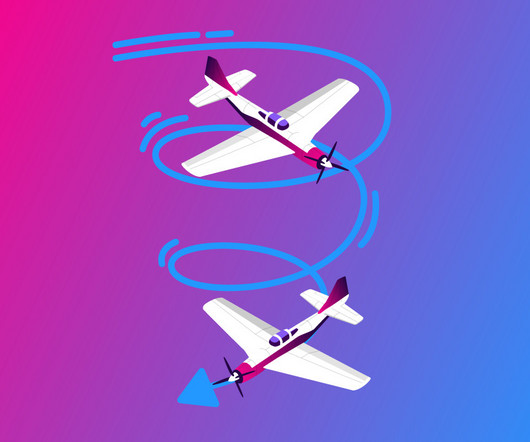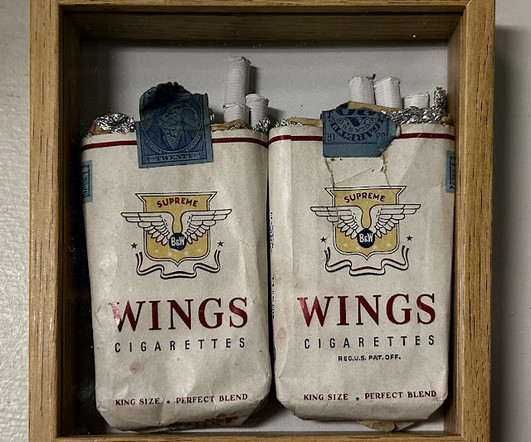We Fly: Epic E1000 AX
Flying Magazine
JULY 22, 2025
We consider that reassuring when the weather becomes turbulent. Over the years we’ve flown a lot of aircraft with “aft-tending” centers of gravity—if you filled the seats, you were outside the aft CG limit, and the rear seats in six-place airplanes were unusable. Recurrent training is annual. Then, pitch up a long way—12.5















Let's personalize your content